Introduction:
In a world filled with diverse cultures and unique communities, there are some places that stand out as truly extraordinary. Shetpal Village, located in the state of Maharashtra, India, is one such remarkable place. What makes this village so fascinating is the harmonious relationship between its human inhabitants and the slithering residents - snakes! Yes, you read that right. In Shetpal Village, people and snakes have been coexisting peacefully for generations, making it a captivating destination for those interested in exploring the unusual bonds between humans and these enigmatic creatures.
The Village's Connection with Snakes:
The roots of the unique relationship between the villagers and snakes in Shetpal can be traced back several centuries. Legend has it that the local deity, worshipped in the form of a snake, blessed the village and its people. This divine connection is said to have fostered the coexistence between the villagers and the snake population. Consequently, snakes have come to be revered and protected within the community.
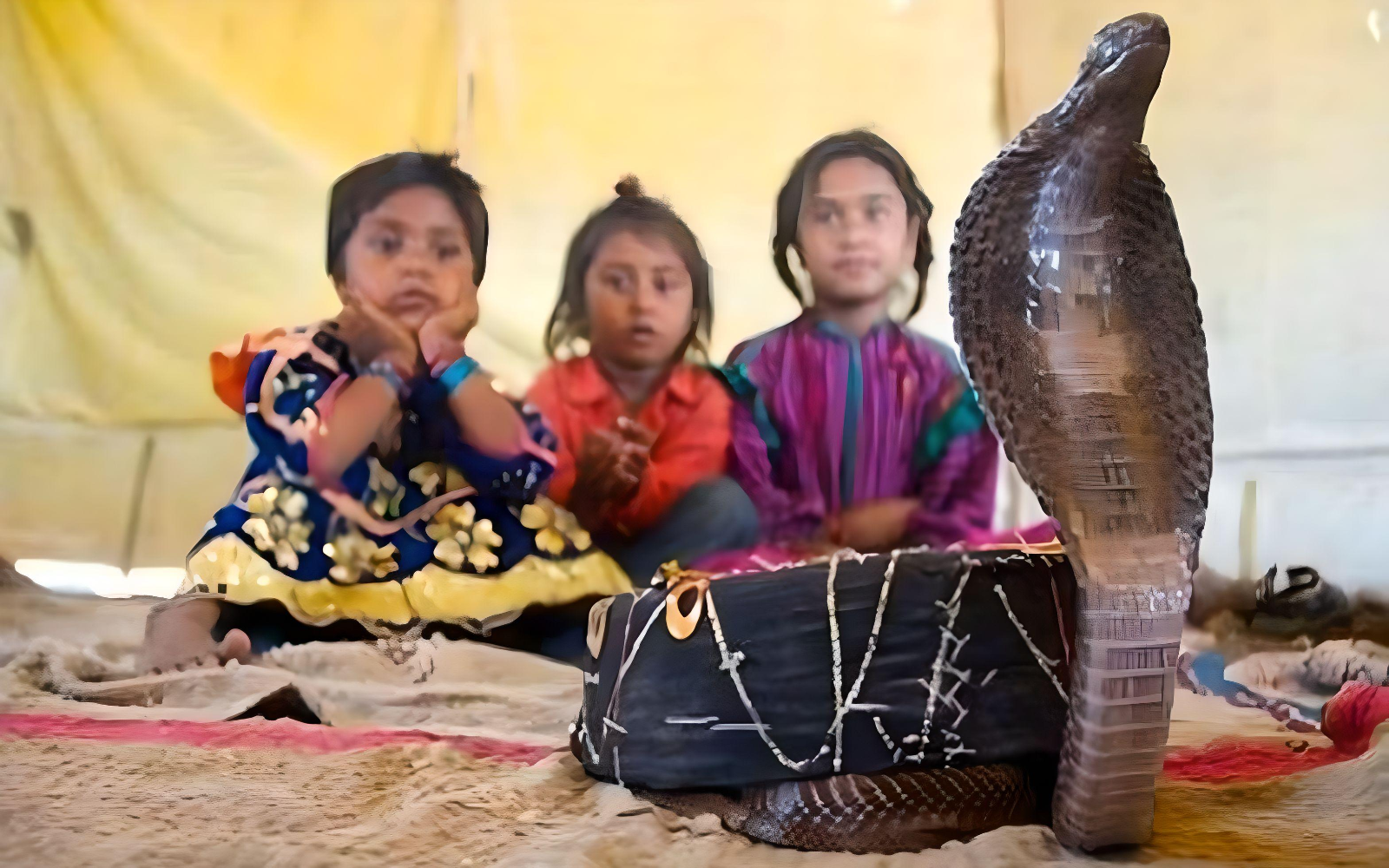
Snake Worship and the Temple:
At the heart of Shetpal Village lies a temple dedicated to the snake deity, where rituals and ceremonies take place regularly. Residents and visitors alike offer prayers and perform rituals seeking the blessings of the serpent gods. The temple serves as a spiritual center, emphasizing the sacred bond between humans and snakes.
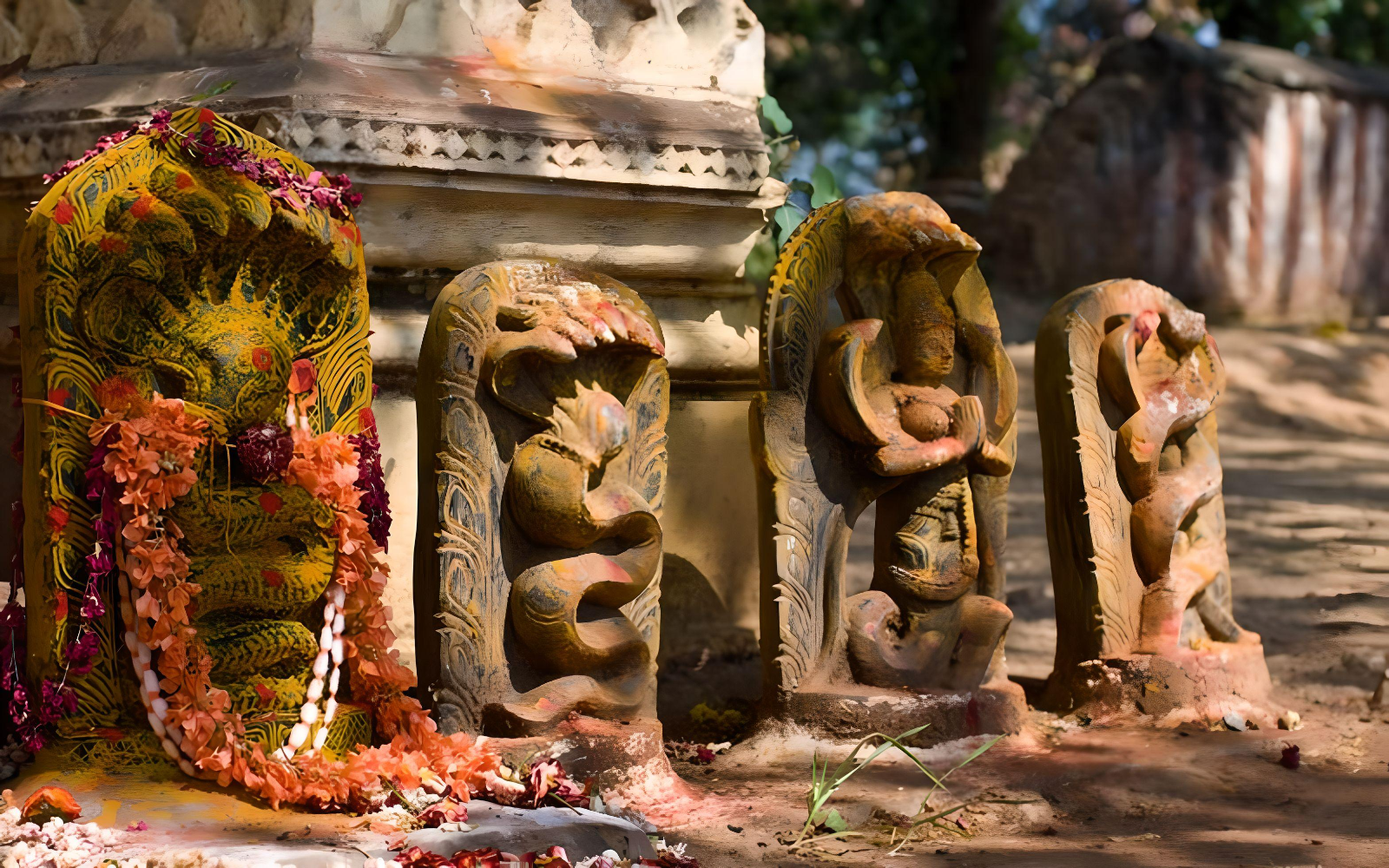
Homes and Sanctuaries for Snakes:
One of the most intriguing aspects of Shetpal Village is the presence of snake houses or "huts." These huts are built by the villagers on their own properties to provide shelter for the snakes. The huts are constructed with small holes or gaps in the walls, allowing the snakes to come and go freely. The belief is that by providing a safe haven for the snakes, good fortune and protection will be bestowed upon the household.
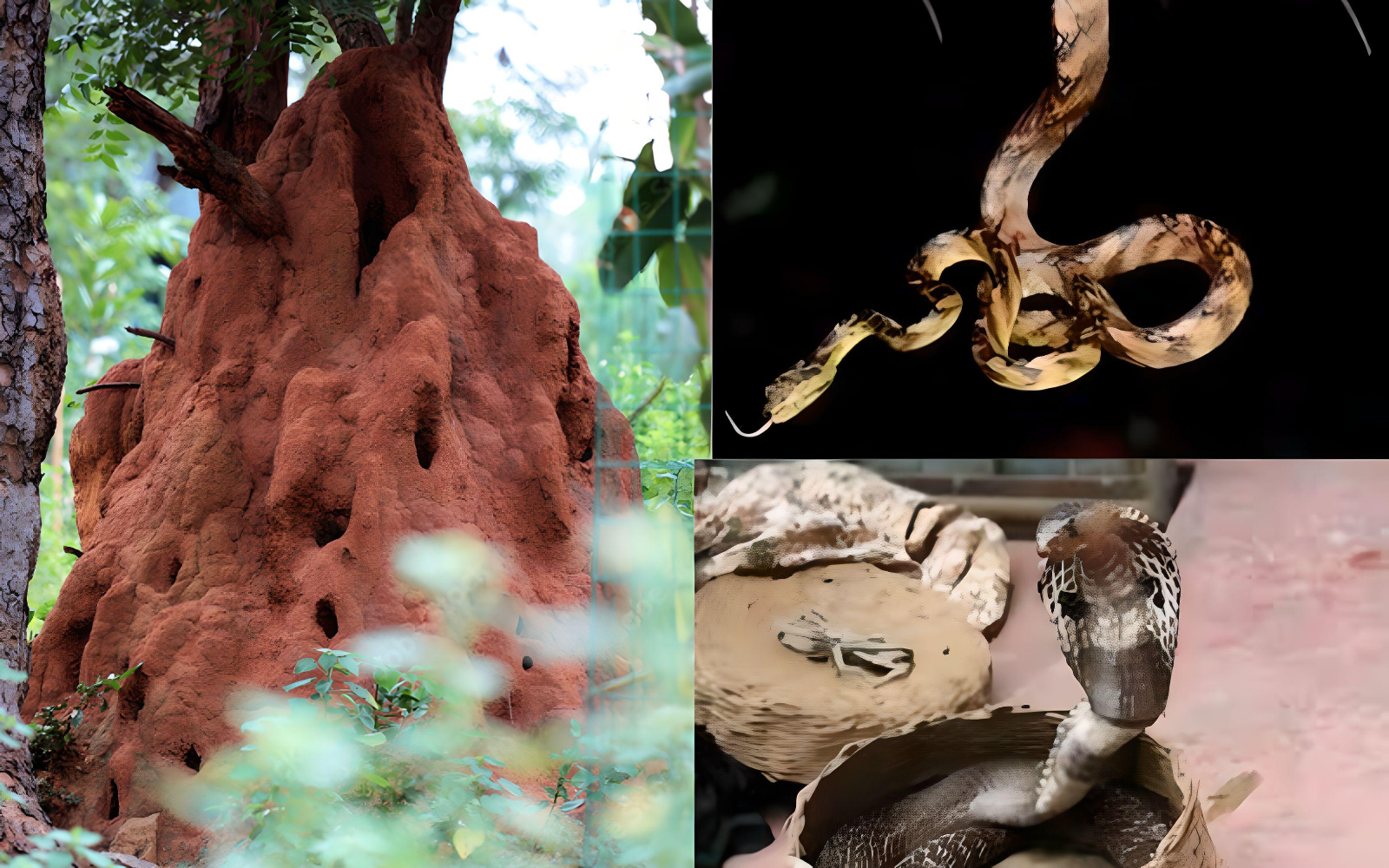
Coexistence in Daily Life:
The villagers of Shetpal have adapted their lifestyles to accommodate the presence of snakes. They live side by side with these reptiles, respecting their territory and ensuring their safety. The residents are well-versed in distinguishing between venomous and non-venomous snakes and have an innate understanding of their behavior. This knowledge allows them to coexist without any major incidents or harm.
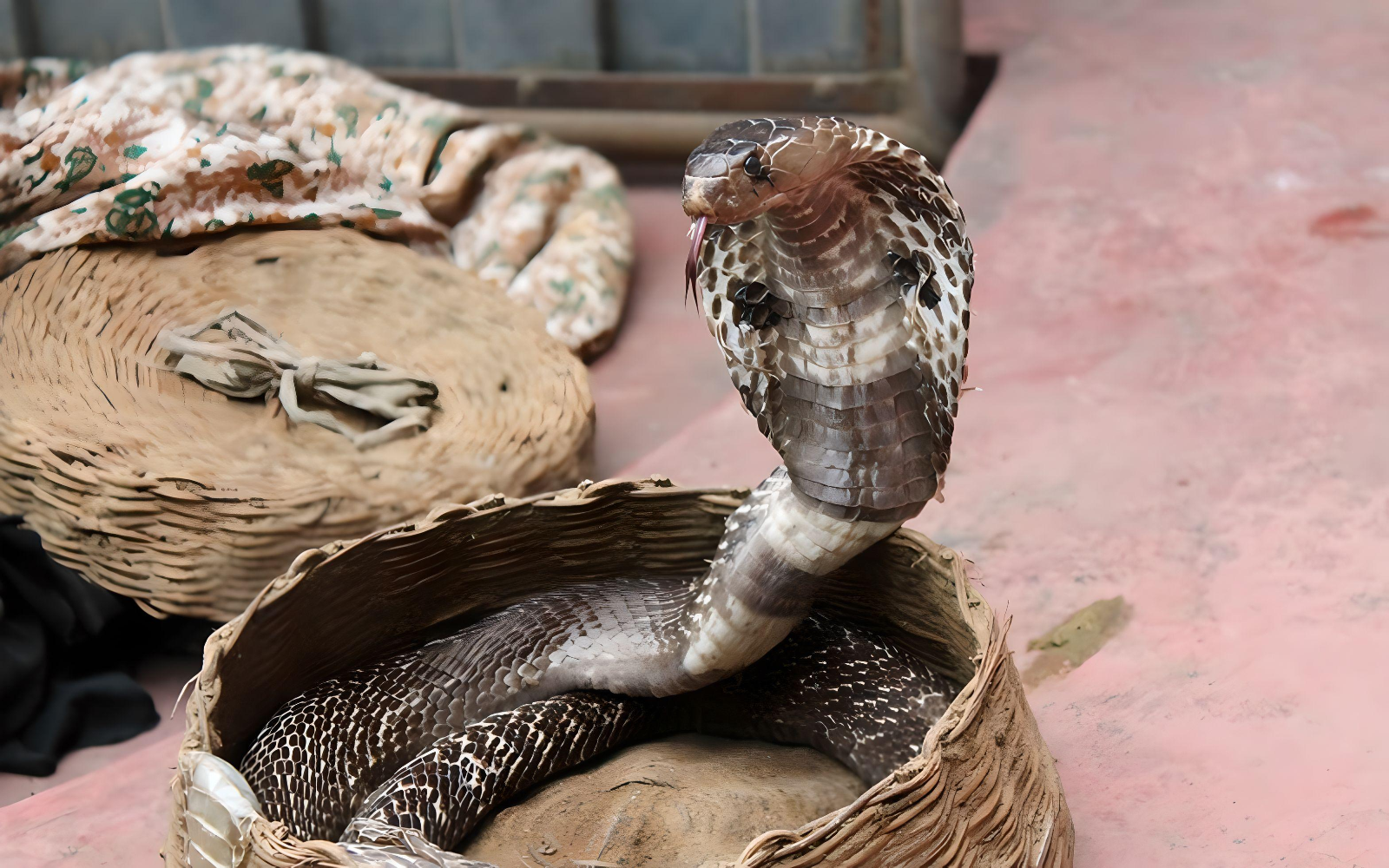
Tourism and Education:
In recent years, the intriguing relationship between humans and snakes in Shetpal Village has attracted tourists from around the world. Visitors are fascinated by the unique harmony that exists within the community. The village has also become a center for educating people about snakes, their ecological importance, and the significance of preserving their habitats.

Preserving the Tradition:
As modernization and urbanization encroach upon traditional ways of life, the future of the snake-human coexistence in Shetpal Village faces challenges. Efforts are being made to preserve this exceptional tradition and protect the fragile balance between humans and snakes. Awareness campaigns, conservation programs, and responsible tourism practices are crucial to ensuring the sustainability of this ancient bond.
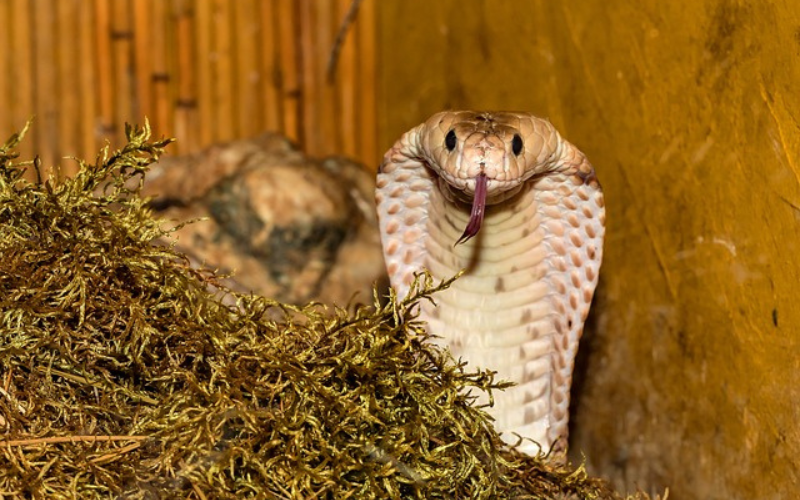
Conclusion:
Shetpal Village stands as a testament to the extraordinary capacity for humans and animals to coexist in harmony. The remarkable relationship between the villagers and snakes offers a valuable lesson in acceptance, respect, and the importance of preserving diverse ecosystems. As we navigate a rapidly changing world, the story of Shetpal Village serves as a powerful reminder of the beauty and resilience of the natural world and the potential for peaceful coexistence between humans and animals.